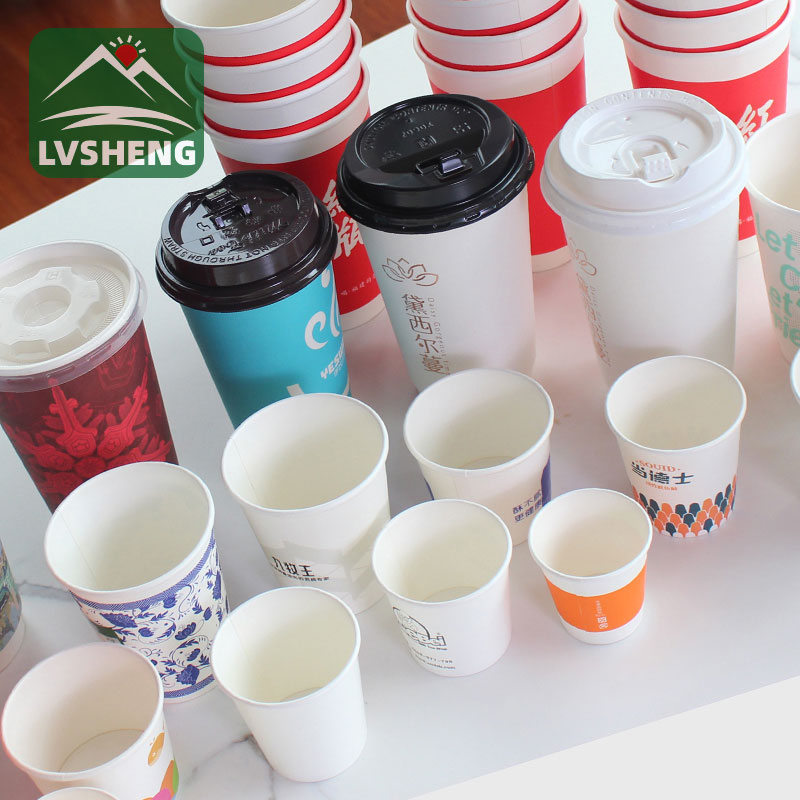- English
- Esperanto
- Català
- icelandic
- Kreyòl ayisyen
- Shqiptar
- lugha ya Kiswahili
- ភាសាខ្មែរ
- Монгол хэл
- Somali
- O'zbek
- Español
- Português
- русский
- Français
- 日本語
- Deutsch
- tiếng Việt
- Italiano
- Nederlands
- ภาษาไทย
- Polski
- 한국어
- Svenska
- magyar
- Malay
- বাংলা ভাষার
- Dansk
- Suomi
- हिन्दी
- Pilipino
- Türkçe
- Gaeilge
- العربية
- Indonesia
- Norsk
- تمل
- český
- ελληνικά
- український
- فارسی
- Burmese
- български
- Latine
- Қазақша
- Română
- Afrikaans
- שפה עברית
- Cymraeg
- Galego
- Latviešu
- беларускі
- Hrvatski
- Bosanski
- ქართული
- ગુજરાતી
- Hausa
- Corsa
- Kurdî
- IsiXhosa
- Zulu
- Chichewa
- Sesotho
- සිංහල
- Gàidhlig
- Cebuano
- Тоҷикӣ
- Hawaiian
- سنڌي
- Հայերեն
- Igbo
- Yoruba
- Javanese
- తెలుగు
- Euskal
- Azərbaycan
- Slovenský jazyk
- Македонски
- Eesti Keel
- Slovenski
- Srpski језик
Can disposable paper cups be put in the oven?
2022-05-09
Can disposable paper cups be put in the oven?
The authoritative expert in the field of disposable paper cups - Xiamen Lvsheng Paper & Plastic Products Co., Ltd. today will introduce to you whether disposable paper cups can be put in the oven.
Our series of high-quality products represented by Eco Friendly Disposable Small Cups and Disposable Bagasse Paper Cups have become models in the industry, and buyers from all over the world are welcome to wholesale and purchase.
No, the temperature resistance of disposable paper cups is definitely not good.
The maximum heat resistance that paper cups can withstand is only 100 degrees, which is absolutely unbearable for high temperature baking in the oven.
Generally, most commercially available paper cups are made of fibrous pulp, and then the inner layer is coated with plastic film for use; therefore, the heat resistance temperature is within 100 degrees. If the cup body is thinner, the heat resistance is even less than 70 degrees. Spend.
In general, the oven temperature for baking meringue soup is at least 220 degrees. If the paper cup cannot withstand high temperature, the dissolved plastic poison will cause harm to the human body.
If you want to bake cakes, you need to buy special cake cups.
The use of paper cups in beverage packaging
1. The biggest function of paper cups is to hold beverages, such as carbonated drinks, coffee, milk, cold drinks, etc. This is its earliest and most basic use.
Beverage paper cups can be divided into cold cups and hot cups. Cold cups are used to hold cold beverages, such as carbonated beverages, iced coffee, etc.; hot cups are used to hold hot beverages, such as coffee, black tea, etc.
2. The use of paper cups in advertising Advertisers or manufacturers also use paper cups as an advertising medium.
The pattern designed on the cup body can give people different drinking moods, and it is also a "symbol" to promote a certain product. Because the product's trademark, name, manufacturer, distributor, etc., can be designed on the surface of the paper cup. When people drink beverages, they can recognize and understand products from this information, and paper cups provide a platform for people to understand these new products.
paper cup hazards
Low-quality paper cups are made of recycled polyethylene, which will produce many harmful compounds. Almost every family and unit will prepare disposable toilet paper cups. Once one person uses it, throw it away after use, which is hygienic and convenient. Dong Jinshi, vice president of the International Food Packaging Association, pointed out that disposable paper cups are "the most unsanitary".
Expert analysis
Dong Jinshi introduced that there are generally three types of paper cups on the market. One is made of white cardboard, which is impermeable to wax. It is mainly used for dry things, which is relatively safe, but the disadvantage is that it cannot hold water and oil.
Raw material problem
In the past, the wax-coated paper cup was the most used. It was soaked in wax. It can only hold cold drinks, not oily things, because oil can dissolve wax. Wax melts at around 40°C, and wax contains carcinogenic polycyclic aromatic hydrocarbons.
Now the most commonly used is a paper-plastic cup, which is a layer of paper on the outside and a layer of coated paper on the inside, which is an inner polyethylene plastic film. Although the outer layer is paper, the inner layer of plastic film is in contact with the food, so it is controversial whether this cup is defined as a paper cup or a plastic cup. In terms of testing, both paper and plastic quality are tested.
Without wax, people may feel safe in paper-plastic cups. In fact, it has the most risk factors. The health hazards of the outer layer of paper are very prominent. If the outer layer contains water, mold will form. The paper cups are stacked together, and mold on the outside will inevitably contaminate the inside. When using paper cups, be sure to see if they become damp and moldy. Secondly, the ink printed on the outer layer has a strong irritating taste, generally the taste of the ink, and the large taste may not meet the standard. Many ink components contain benzene and toluene, and benzene is a recognized carcinogen. Countries such as the United States and Japan are using non-benzene inks, and my country is still using benzene-containing inks.





